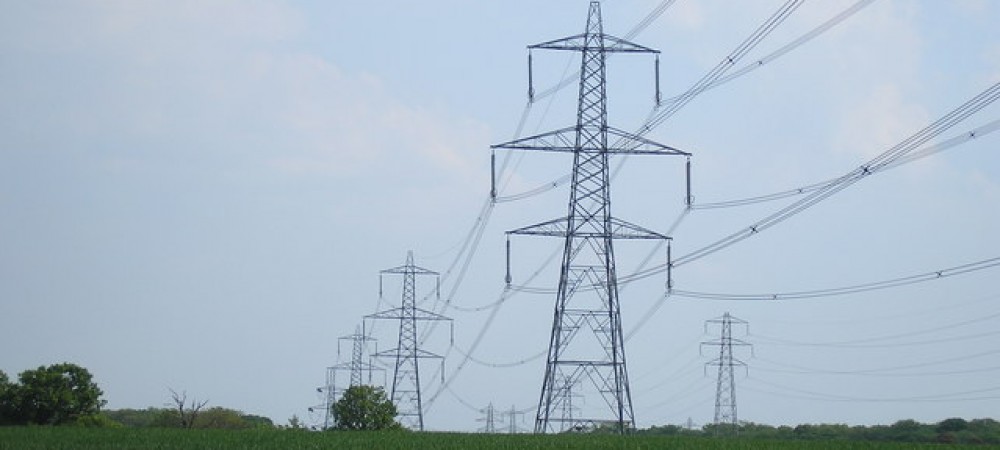After failure of the electrical grid due to an EMP, lack of water will be the first effect to seriously concern people. Most homes have been built far from natural water sources, and water is heavy to carry any distance. Bottled drinks will quickly disappear, and then people will start to drink from questionable sources. Infections such as Giardiasis will cause diarrhea and further dehydration. Without power or natural gas, it will be hard for people to boil enough water to meet their needs.
Water wells, where they exist, are the best solution to this problem. Well water is naturally filtered by at least 20 feet of soil to remove dangerous microorganisms. The only question is how to bring this water up so we can use it.
The cheapest solution is, after the emergency begins, to draw out the submersible pump (present in most wells) and then lower and raise well buckets to bring up the water. If the well is not too deep and the pipe is plastic, removing the submersible pump can be done by hand. Otherwise, you need to set up a tripod and use a hand winch, which would probably be a challenge for most people. Well buckets are tall skinny buckets with a flapper check valve in the bottom so they can fill from the bottom. They can be bought for about $80 (e.g., Lehman’s) or you can make your own from a 5 foot length of 3” diameter PVC sewer pipe, a pipe cap, and a flap of rubber or plastic.
An alternative to well buckets, for wells shallower (to the static water level) than about 50 feet, is to install a hand pump. For static water levels of 23 to 50 feet, you still have to remove the submersible pump. You replace it with a hand lever connected to a rod that goes down the well to actuate a submersible piston pump. This is of moderate cost but involves some work. If you have a well dedicated to the use of a hand pump, you can pay a professional to do all this work before the onset of an emergency.
If your static water level is less than 23 feet deep, you don’t have to remove your nonfunctional electric submersible pump. Instead, you install a pitcher pump at the top. This pump sucks water up through the unpowered submersible pump. You can install it yourself at moderate cost (a high quality Heller Aller pitcher pump with brass cylinder and hose bib costs $306) or you can pay a professional to do it for you. Being able to install an emergency system ahead of time is a real advantage over trying to do it after the onset of disaster.
If your static water level is down more than about 50 feet, hand pumps become too hard to operate. Well buckets still work, though removing an existing deep submersible pump after the onset of an emergency becomes more challenging. A second well could be drilled exclusively for the use of well buckets, or you could use an alternative electrical power source to power your existing submersible pump.
Alternative power system components – modern generators, solar cells, and inverters – are vulnerable to electromagnetic pulses generated by high altitude nuclear bursts. If a HEMP is your concern, you need to put this equipment in Faraday cages until after the EM pulse, then take it out and assemble it. Make sure that your pump electrical control does not include a microprocessor, or it could also be zapped by the HEMP.
Consider including a water storage tank or extra bottled water in your plans. This would fill your needs after the onset of an emergency but before you have your new system installed and working.
